I just spent a week backpacking around Utah’s Dixie National Forest, learning a mix of primitive and modern survival skills while traversing terrain that ranged from sandy desert canyons to high-elevation pine and aspen forests. The survival gear I carried during this adventure was minimal. I made a lot of it during the trip, like a bow-drill fire kit and a piece of cloth we turned into a backpack. It was hard. Making fire when you’re cold isn’t easy. Shivering through the night without a sleeping bag is…well, cold.
I did have some survival gear with me, though not everything I took into the wilderness performed well. My pants ripped, and a fleece jacket I brought collected so much debris that it was like wearing the forest on my back. Fortunately, a handful of items that I used throughout the week shined, making everything easier. Here are the key pieces of survival gear that helped me get through a week of backcountry survival school.
If you buy through our links, we may earn an affiliate commission. This supports our mission to get more people active and outside. Learn more.
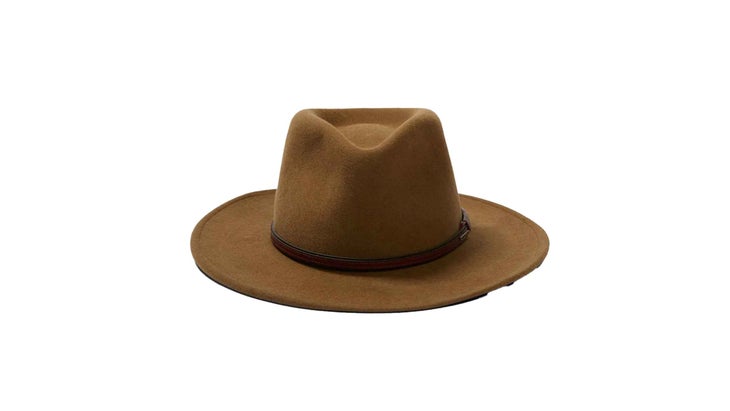
Stetson Bozeman hat
I knew I needed a full-brimmed sun hat to keep the desert ball of fire off my face and neck, but I also knew the temperatures would range from the high 70s to the low 40s. I wanted something that could keep me warm during inclement weather, but not overheat my dome mid-day—so something straw wouldn’t work. Enter The Bozeman, which is made from 100 percent wool, so I knew it would breathe in the heat and keep me warm when the temperature dropped.
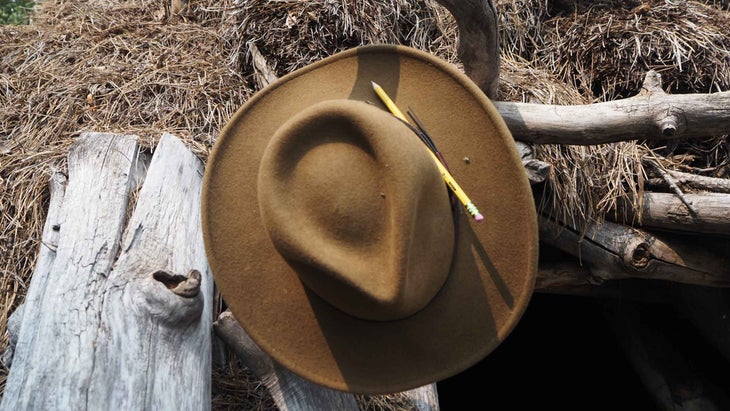
Even better, it’s part of Stetson’s Crushable hat series, which features stylish lids that can be packed away, sat on, shoved into a backpack, slept on, and they will reform back to their original shape. I abused this thing, even using it to pad my homemade backpack straps at one point, and the hat always popped back into shape when I needed it. Not only did it keep me from burning in the sun, but it’s naturally water resistant and worked as an umbrella, which kept my head dry during rain showers. The Bozeman gets the MVP of survival school award.
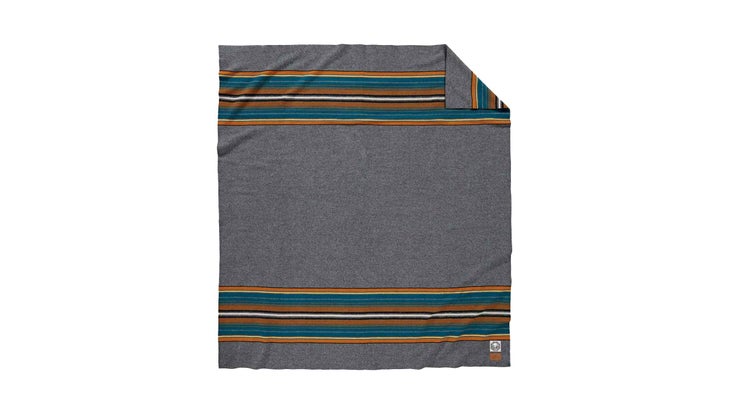
Pendleton Olympic National Park blanket
About halfway through the week, us students “earned” a blanket, which we turned into backpacks during the day and became our sole source of warmth at night. I brought one of Pendleton’s National Park series of blankets, which are made from thick, pure virgin wool. You can pick your size, from twin to king, and I went with the full, which was a little heavy while carrying it throughout the day, but I didn’t complain about the extra fabric at night.

We slept exposed to the elements each night, and this blanket formed a cozy barrier that kept me perfectly warm until the sun came up. It was also easy to brush the debris off the fabric, which doesn’t sound important, but is actually a big deal when you’re rolling around in leaves, dirt, and sticks all night.
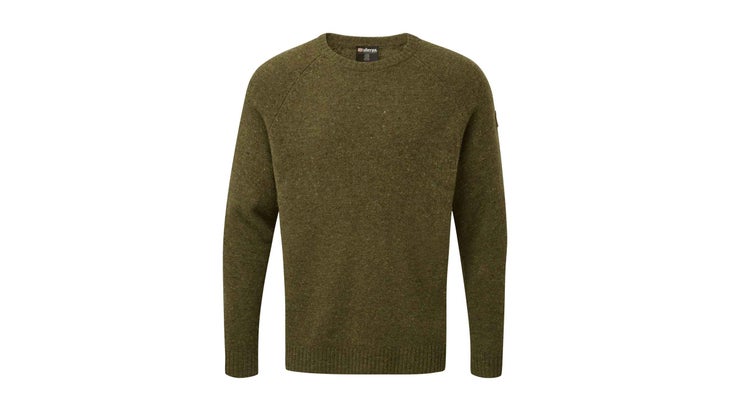
Sherpa �����ԹϺ��� Gear Kangtega sweater
We were allowed one sweater during this adventure, and I went with this 100 percent merino wool layer that has been part of my ski kit for a few years. I chose it because I knew it had a great warmth to weight ratio and could handle moisture well. Good thing too, because it rained on us one afternoon as we were climbing to 9,000 feet. I slipped into this sweater to stay warm, and it dried completely before nightfall when I needed it to keep me warm as I slept. It also looks great, too. Just because you’re surviving in the desert doesn’t mean you can’t look cute.
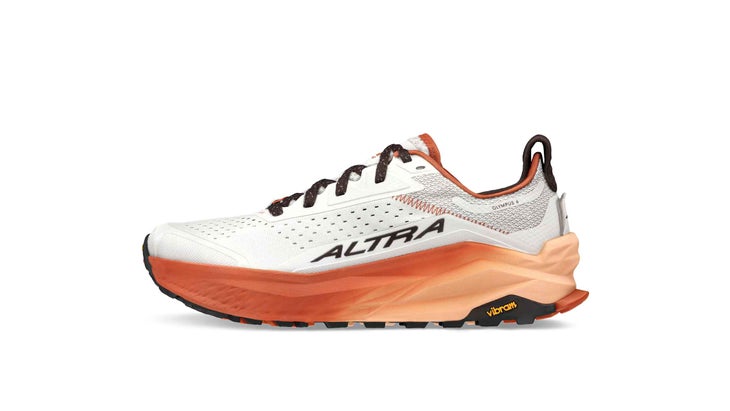
Altra Olympus 6 running shoe
I’ve run in Altra’s Lone Peak sporadically in recent years, and I like the company’s take on the zero-drop shoe concept, which boils down to an even amount of cushioning throughout the footbed. When you compare that to other shoe companies that achieve zero drop by removing most, if not all of the cushion, it seems like a pretty smart choice. For this particular adventure, I knew I would be on my feet for several hours each day, so I wanted the most cushion possible, which led me to the Olympus 6.
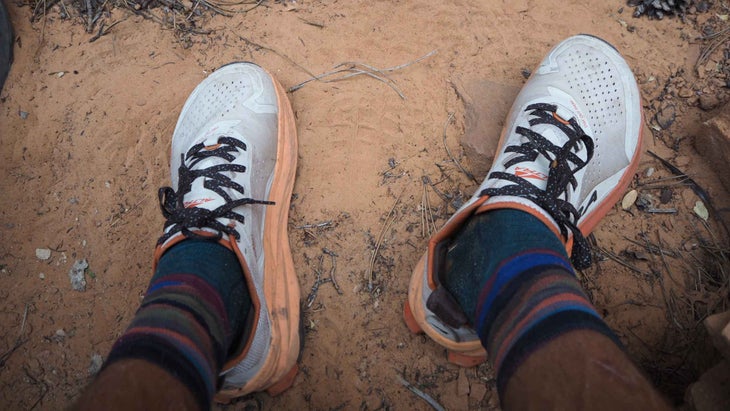
The Olympus 6 is a zero-drop, max-cushion beast of a trail runner that many A.T. thru-hikers rely on for consistent comfort and performance. I hiked a variety of terrain, trudging through thick sand, scrambling down sandstone slot canyons, and jumping over creeks, and the Olympus handled it all like a champ. I appreciated the roomy toe box (my feet were definitely swelling towards the end of the week) as well as the cushioned cuff, which locked my heel in place while also keeping some of the sand out of my shoe. Most nights were so cold, I kept these shoes on my feet as I slept, and after seven days of constant hiking and wear, I exited the survival school without a single blister or hot spot.
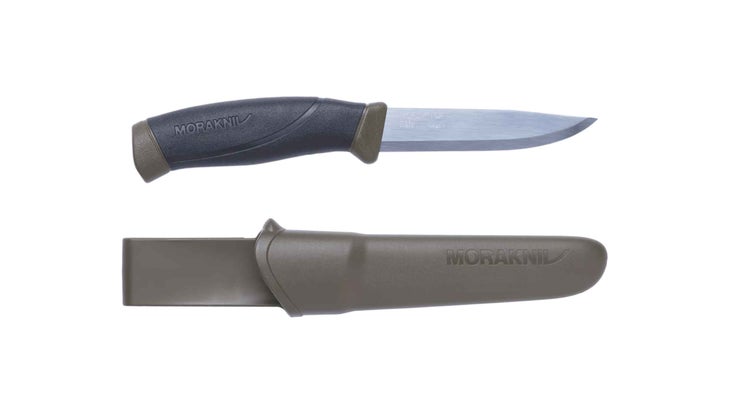
Morakniv Companion knife
I’ll be honest, I originally packed a much more expensive fixed blade knife for this course. But one of my instructors convinced me to go with this much cheaper option because of its single edge blade, which makes carving wood more straight forward and is easier to sharpen by hand. I’m glad I switched. I wore this knife on my hip all week and used it to make a variety of tools, from an eating spoon to the hearth-wood at the center of my fire kit.
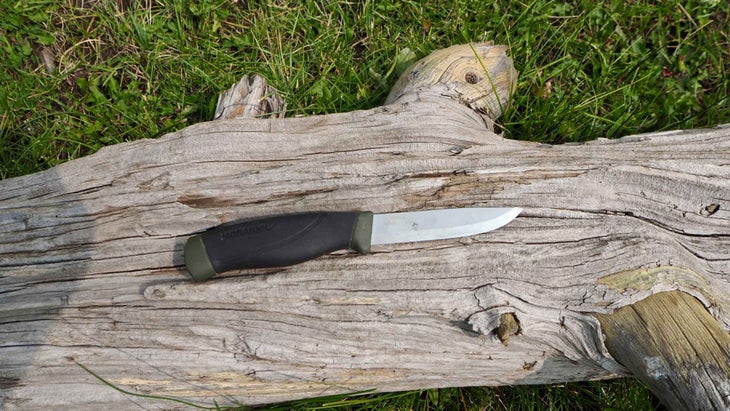
It’s a simple design: a 104-millimeter carbon steel blade is backed by a comfy, rubber grip, making it easy to wield. It can handle fine carving tasks (like fine-tuning the bowl of a spoon) as well as brute tasks like chopping firewood. The moral of this story? Just because a knife is cheap doesn’t mean it won’t perform.


